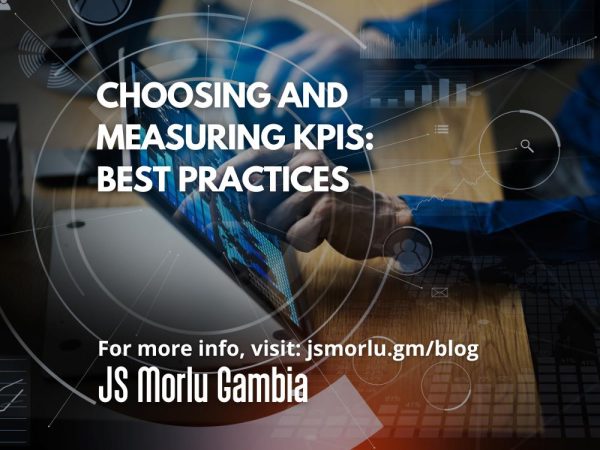Key performance indicators (KPIs) are essential tools for measuring and improving the performance of any organization. They help you track your progress towards your strategic goals, identify areas of strength and weakness, and communicate your results to stakeholders. But how do you choose and measure the right KPIs for your cost accounting function? Here are some best practices to follow.
Align KPIs with strategy
The first step is to align your KPIs with your overall strategy and vision. What are the key objectives and outcomes that you want to achieve as a cost accountant? How do you support the value creation and competitive advantage of your organization? How do you align with the expectations and needs of your customers, suppliers, regulators, and other stakeholders? Your KPIs should reflect these questions and be linked to your strategic plan and budget.
Use the balanced scorecard approach
The balanced scorecard is a widely used framework for designing and managing KPIs. It helps you balance your financial and non-financial measures, and consider four different perspectives: customer, internal process, learning and growth, and financial. For each perspective, you should define your objectives, measures, targets, and initiatives. For example, a customer perspective objective could be to increase customer satisfaction, a measure could be the net promoter score, a target could be 80%, and an initiative could be to implement a feedback system.
Choose SMART KPIs
Your KPIs should be SMART: specific, measurable, achievable, relevant, and time-bound. This means that they should clearly define what you want to measure, how you will measure it, what is the desired level of performance, why it matters, and when you will achieve it. For example, a SMART KPI could be to reduce the average cost per unit by 10% by the end of the year, using standard costing and variance analysis methods.
Monitor and report KPIs regularly
Once you have chosen your KPIs, you need to monitor and report them regularly. This will help you track your performance, identify trends and patterns, and take corrective actions if needed. You should use a dashboard or a scorecard to display your KPIs in a clear and visual way, highlighting the actual results, the targets, and the gaps. You should also use charts, graphs, and tables to show the historical and comparative data, and explain the causes and effects of the variances.
Review and update KPIs periodically
Your KPIs are not set in stone. They should be reviewed and updated periodically to reflect any changes in your strategy, environment, or expectations. You should also evaluate the effectiveness and relevance of your KPIs, and check if they are still aligned with your goals and stakeholders’ needs. You should solicit feedback from your team, managers, and customers, and use it to improve your KPIs. You should also celebrate your achievements and reward your team for meeting or exceeding your targets.
Learn from best practices and benchmarks
Finally, you should learn from best practices and benchmarks in your industry and profession. You should research and compare your KPIs with those of your competitors, peers, or industry standards, and see how you can improve your performance and value proposition. You should also look for examples and case studies of successful cost accounting KPIs, and see what lessons and insights you can apply to your own situation.
Original Source: LinkedIn
